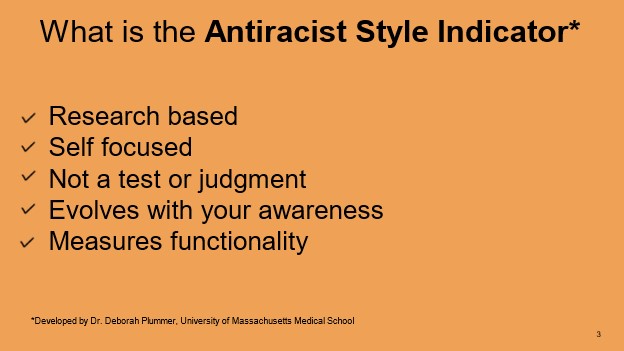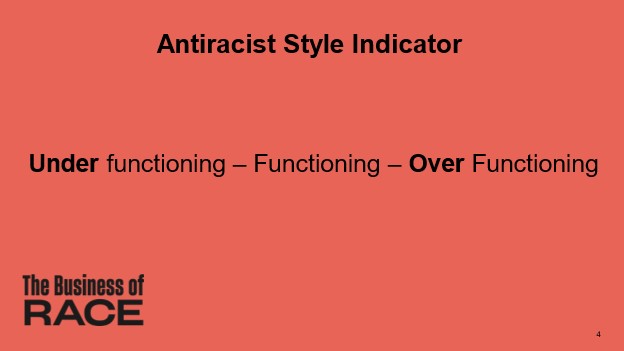—
March 4, 2024
Respecting What You Don’t Know

One of our colleagues, who is of Lebanese descent, wrote to us after she took the Anti Racist Style Indicator. “The demographic info should have an ‘Other’ option in my opinion. I am not White but had to check that box.”

Our colleague’s observation stopped us cold. As we prepared to finish Chapter 5 of our book (Consciously Competent), we recognized we had more work to do.
That work involved deep research into:
- U.S Census
- Definitions of/distinctions between race and ethnicity
It also prompted discoveries:
- The acronym MENA, which stands for Middle Eastern and North African, and the people in those communities who identify with it.
- In response to the ASI demographic questions, neither of us reacted the way our Lebanese colleague did, with a desire to check a box designated “Other.” This is because Gina racially identifies as “Black” and Margaret as “White.” On the race question of the ASI and on most government forms and job and education applications in the United States, the boxes “Black” and “White” exist. Those boxes, though, tend to fit fewer and fewer people. In our ever-increasing multicultural society, more people self-identify racially and ethnically in numerous intersectional ways.
Surfaced new stories:
- Business professionals we interviewed shared with us personal race and ethnicity experiences from China, El Salvador, Guatemala, India, Lebanon, Mexico, Nicaragua, and Philippines.
And advanced our race education journeys:
This is the point of the ASI.


Take it today.
Invest 15 minutes in advancing your educational journey.
It’s free.
